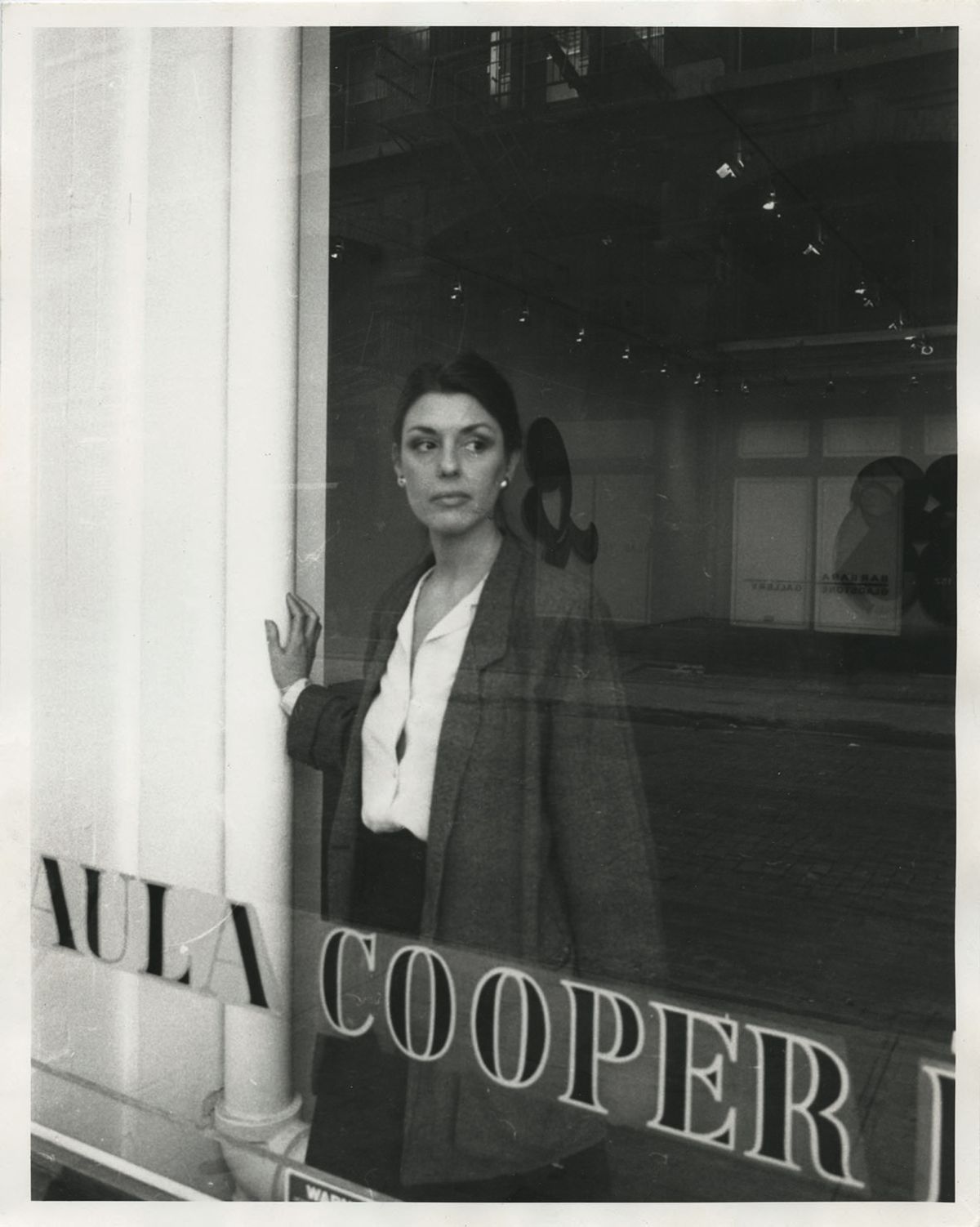In the 50 years since Paula Cooper opened her Soho, New York, gallery with a politically charged exhibition benefiting the Student Mobilization Committee to End the War in Vietnam, the art market has ballooned. “That was before contemporary art was ever sold at auction, so you can imagine how auction houses have affected the New York market today,” she says.
Indeed, last year alone Christie’s contemporary art department realised $1.6bn in sales, and at Sotheby’s, aggregate auction sales of contemporary art improved 29% from 2016 to 2017. Yet Cooper’s playbook, in which the rubric for success is building lasting relationships with artists and placing their work in significant and stable collections, remains the same.
“It’s a totally different world, but there will always be originality and individualism and artists who are really working for their work,” Cooper says, optimistic that small-gallery grit can survive a multibillion-dollar market.
On 9 October, Paula Cooper Gallery celebrates its 50th anniversary with an exhibition that is a near facsimile of her 1968 inaugural show, with works from the original artists—many of who she has continued working with over the decades, like Donald Judd and Sol LeWitt, who created his first-ever Wall Drawing for the show—and benefiting the charity March For Our Lives. It will take place at a temporary 26th Street space in Chelsea, a few blocks away from the gallery’s previous home, which caught fire in July.
For Cooper, now 80, the anniversary is also a reminder of when galleries valued an artist’s success rather than their own profits. It is a nod to a time before the market faced an infiltration of global behemoths such as Gagosian and Hauser & Wirth, both of which have poached artists from Cooper.
“It’s difficult when you’ve worked very hard for someone and finally they achieve great success, and then someone else comes along and boom, they’re gone,” says Cooper, who recently lost Charles Gaines to Hauser & Wirth. But more often, her relationships with artists—like Sophie Calle, Mark di Suvero, Robert Grosvenor and Joel Shapiro—are counted in the decades. “Even though artists sometimes leave, I’m still glad I was able to help them. I guess I see things a bit differently now,” she says.


